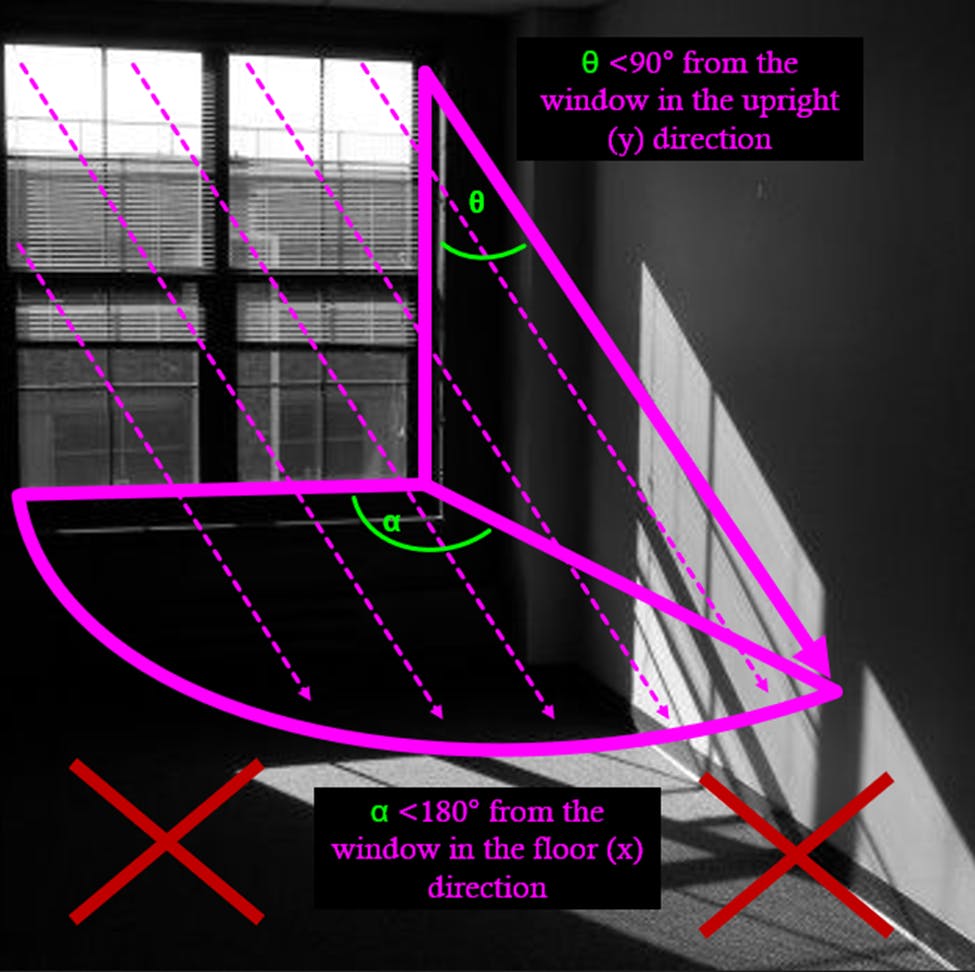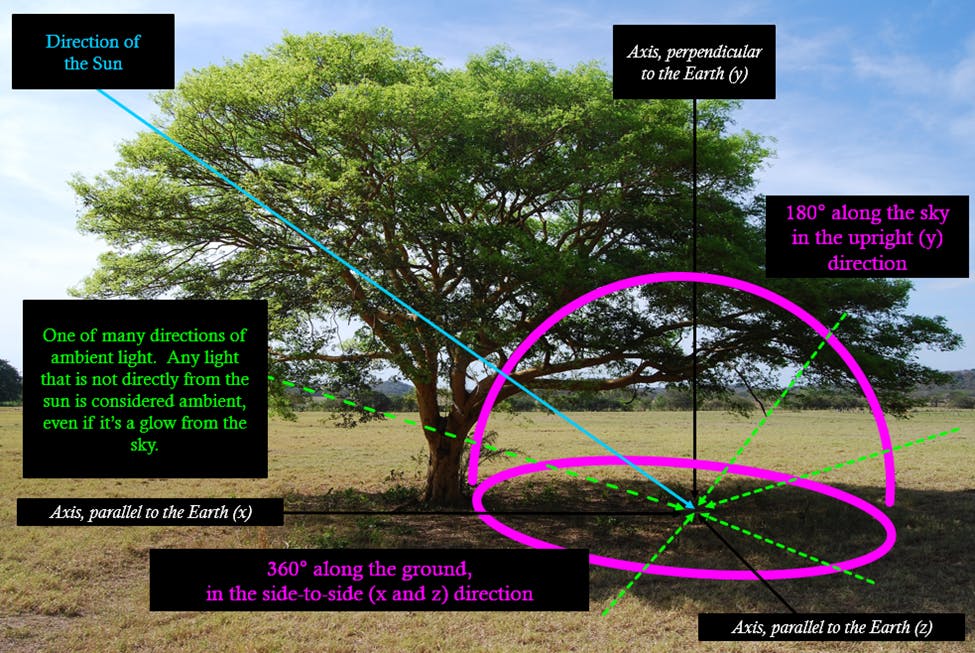General Information
Contrary to popular belief, growing indoors is not just reserved for folks who don’t have a greenhouse, and don’t live in tropical weather; rather, growing indoors is for everyone. Growing plants indoors provides special benefits that greenhouse and outdoor growing may not provide. It’s easier to control temperature and grow cooler-growing orchids such as Miltoniopsis and the alluring Masdevallia and Dracula orchids. It’s also possible to completely eradicate pests indoors – something that’s nearly impossible in a greenhouse or outdoors. Plants need less attention indoors as well, because of the stability of the conditions.
The biggest drawback to growing plants indoors is the lack of light, and limitation of growing spaces, since plants have to be in a window to grow well. Even orchids labeled as “low light” orchids will struggle if they are not in a window. Remember, as discussed in the Light Section, light is food for plants, and there is no such thing as a truly low-light plant. Additionally, it’s nigh impossible to grow mounted orchids in your home because there’s no way to raise the humidity high enough for them to tolerate the dryness – that is, unless you water them daily.
Light Indoors
Light is food for plants, and where you place plants in relation to your windows is important, and can mean the difference between a blooming plant, and one that languishes. Lighting is also the trickiest thing to get right for plants until you develop an eye for it. While your home might seem brightly lit, to a plant, it will seem like a dark cave. That’s because plants see light for what it is, whereas human eyes adjust to the surroundings to make our surroundings seem brighter than they are.
The iris of the human eyes (the colorful part) expands and contracts to let the same amount (quantity/brightness) of light into our eyes. That means that we humans are programmed to see the same intensity/brightness of light, no matter the situation. You can see this for yourself – whenever you leave your home in the summer, and you open the door, it’s a bit too bright at first. You may shield your eyes from the light. Then your eyes adjust, or you wear sunglasses to lower the intensity of the light. If you look back through the windows of the home you just left, they look black. When you were inside, it didn’t look that black to you. That demonstrates how our senses mislead us sometimes.
Think of our homes as caves, and windows as the mouths of these caves. There’s an adage that goes back generations on my family’s farm “The darkest shade outdoors is still brighter than direct sun indoors.”[1]. That may seem contradictory, but consider the properties of light and the environment in the two diagrams below:

A diagram of light coming through a window. Notice how much of the light is cut off by the window. Notice that even though light is going further into the room, it’s too dim to be useful to a plant. Image modified by Chris Satch; original image by Bossdarktv, CC BY-SA 4.0 <https://creativecommons.org/licenses/by-sa/4.0>, via Wikimedia Commons

A diagram of light outdoors. Notice how light comes from all directions, and forms a "dome" around the point of contact. Image modified by Chris Satch; original image by Bossdarktv, CC BY-SA 4.0 <https://creativecommons.org/licenses/by-sa/4.0>, via Wikimedia Commons
Upon looking at the indoor light diagram, you will notice that you are only getting a fraction of light compared to the outdoor diagram. If you assume that your plant is a point in space and that it’s placed with direct sunlight coming in from the window at 45° above and 45° from each side, then the plant is getting only 1/16 of the light indoors as compared to outdoors, in direct sun. That’s 6.25% of the light at MAXIMUM!!! To prove shade outdoors is brighter than direct sun indoors, unobstructed direct sunlight is about 110,000 lux[2], and shade on a sunny cloudless day is about 20,000 lux, or about ~18% the strength of direct sun. The light of direct sun indoors (~6.25%) is about ~1/3 less than the (~18%) strength of shade on a bright sunny day[3]. That’s not even accounting for the inverse-square property of light – which states that for every unit of distance that light travels, it loses a squared unit of power. E.g. if light travels 3 feet, it loses 9 units of power; if light travels 4 feet, it loses 16 units of power! Put another way, if your plant is receiving 22,000 lux at 1 foot, it will receive 5,500 at 2 feet away. This is why you should aim to place your plants as close to the window as possible!
In general, follow the following guidelines, and your plants will be set off on a good start:
- Never place plants more than 3 feet from a window.
- Never place plants to the side of a window – if they can’t “see” the sun from their perspective, they will not get the energy from the sun.
- Double or triple the number of hours recommended outdoors for indoors. If it’s recommended that a plant get 3 hours of direct sun outdoors, then double or triple it to 6-9h of direct sun indoors.
- North windows are best for cloud-forest species that typically don’t get direct sun outdoors anyway
- East and West windows are fine for most orchids, especially Oncidiinae, dendrobiums, bulbophyllums, and more.
- South windows are best for the “full sun” plants.
- Ensure that trees and other objects don’t block the direct sun. If they do, keep track of how many hours of direct sun the window actually gets. Let that be your guide.
- Consider your latitude – southern latitudes get hotter in windows, so it might be wise to not have any part of the plant touching the glass, as that can heat up to burning temperatures. In northern latitudes, that’s less of an issue
- Consider your latitude – northern altitudes tend to be rather cloudy in the winter, on top of having even shorter days. It may be wise to consider supplemental light during the winter. During the summer, it’s mostly not necessary
- If you are growing under lights, ensure that the lights are close, but not too close. As the plants grow, they will grow into the light. Redirect their growth or adjust the distance of the lights from the plants. Artificial lights should be 1-2ft above the plants.
- Most orchids don’t care about humidity if they are well-watered. Remember, orchids are just like other plants – they absorb nearly all their water through their roots.
- Check your water quality before using it. Orchids can only live with soft water, the cleaner and freer from total dissolved solids (TDS), the better.
- Chlorine in tap water is not an issue, but hardness of the water is. Hard water cannot be used on orchids, but rainwater, reverse osmosis, or distilled water can be. Water that is treated via water softeners needs to be tested, as many water softeners put sodium into the water – harmless for humans, but lethal to plants.
- Ice is for cocktails, not orchids. Never use ice on tropical plants to water them.
[1] Attributed to Christopher Satch.
[2] Calculated and published by the author, Christopher Satch.







